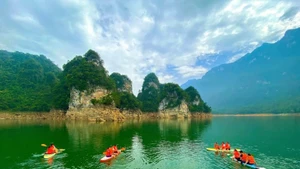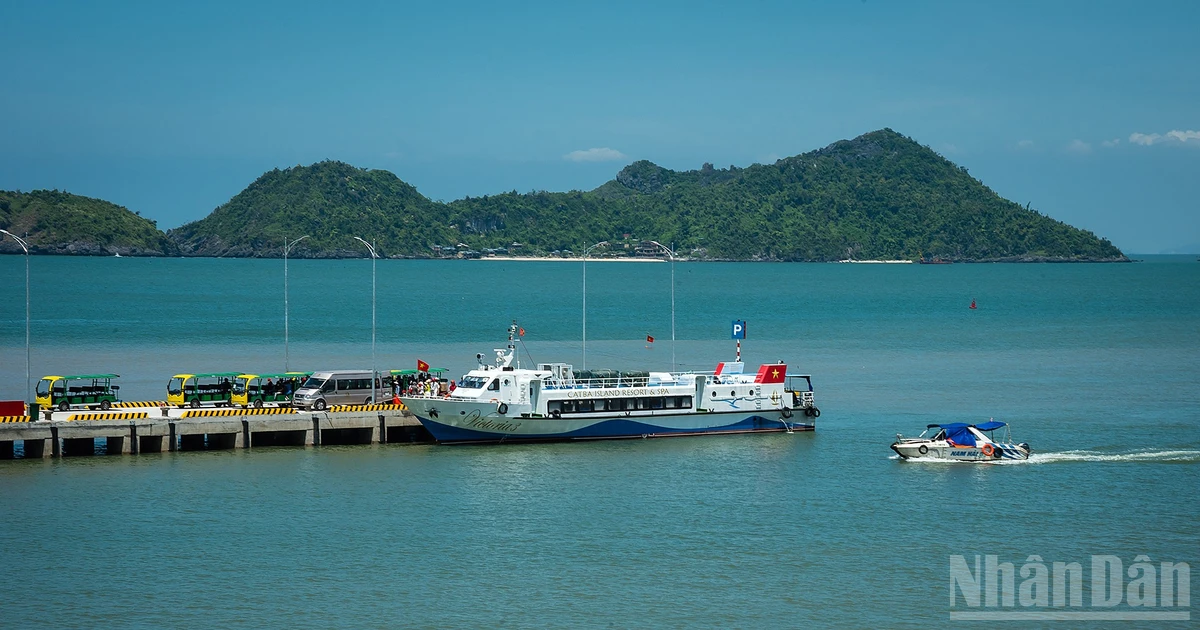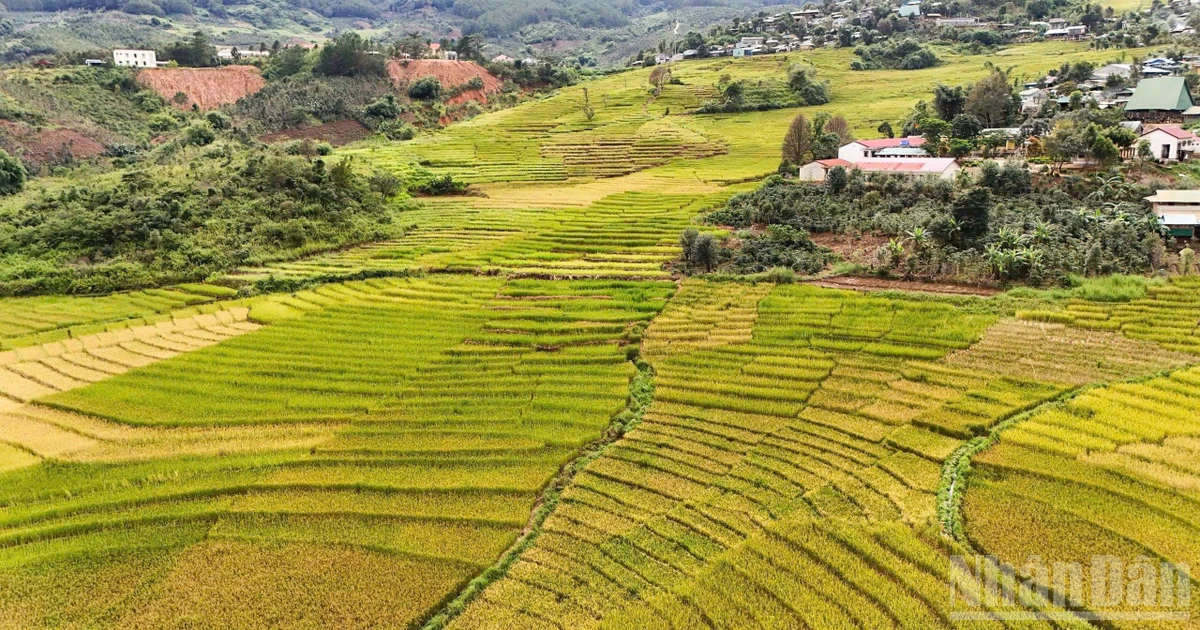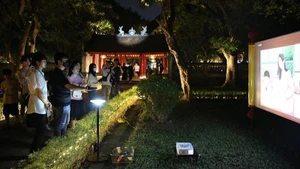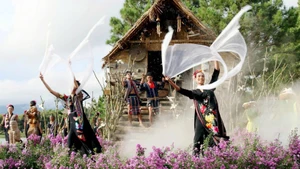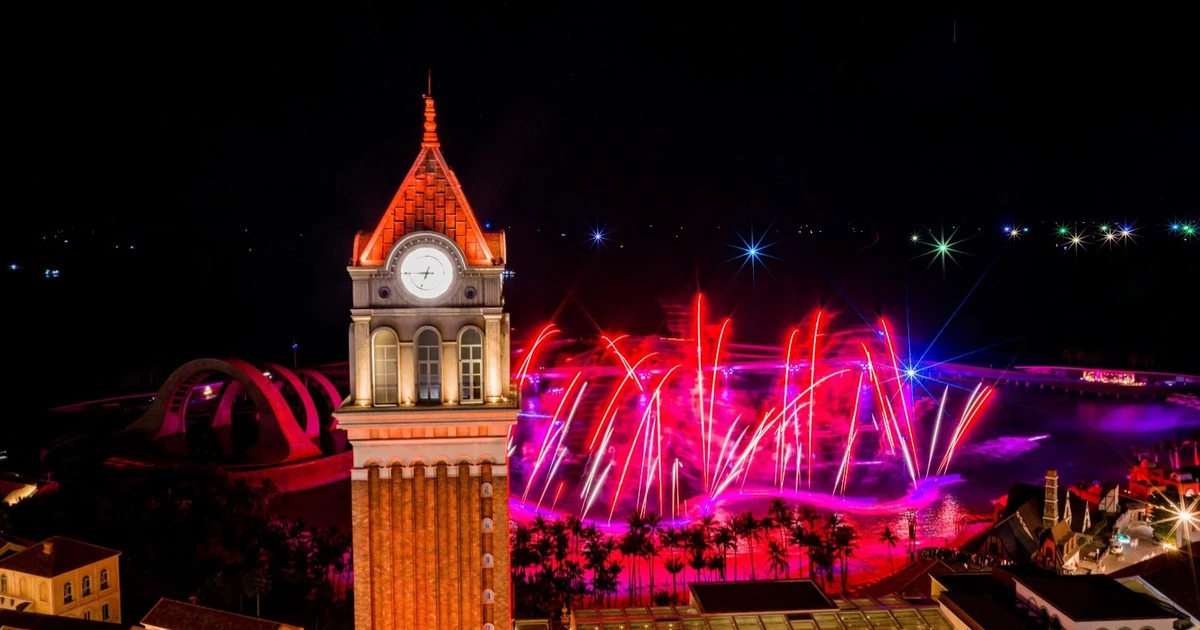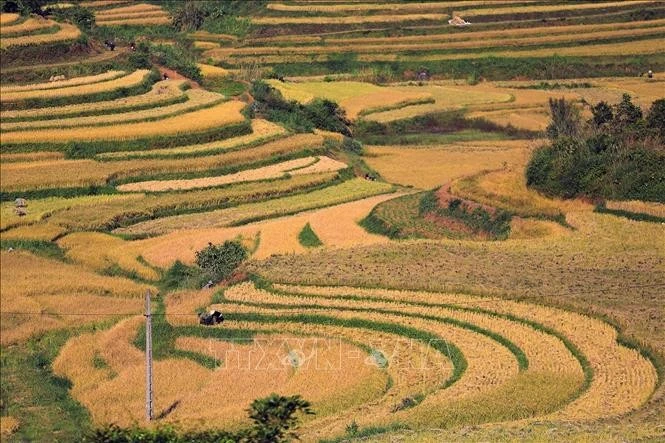Located over 40 kilometres south of Hue City, Bach Ma National Park is often referred to as Da Lat of the Central Viet Nam thanks to its mild and refreshing climate and rich biodiversity. With 2,147 plant species and 1,493 animal species, including 69 listed in Viet Nam’s Red Data Book, the park has implemented numerous monitoring and conservation programmes for endangered species. In 2015, Bạch Ma was recognised as an important bird area, home to 358 bird species, accounting for 43% of Viet Nam’s total.
However, the most interesting experiences captivating travellers, especially trekking enthusiasts, are winding trails through lush forests, spectacular sunrises and sunsets, and dreamy “cloud oceans” floating across the mountaintops. The best spot for sunset viewing is Hai Vong Tower, perched at an altitude of over 1,400 metres. From here, one can take in the entirety of the Bach Ma mountainscape, with sweeping views of Lang Co Bay, Truoi Lake, Cau Hai Lagoon, and forested peaks.
After 5 PM, the sky surrounding Hai Vong Tower transforms into a vibrant, multicoloured painting, drawing gasps of awe from everyone present. As the sun sets, Bach Ma gradually sinks into night, accompanied by the gentle chorus of insects. People gather around campfires, stargaze, and soak in the serene, unspoiled atmosphere. There may be a lack of modern conveniences here, but the joy and sense of wonder are more than enough for those seeking true communion with nature.
No visitor to Bach Ma would want to miss out on the iconic Ngu Ho–Do Quyen Waterfall trekking route, especially on clear and sunny days. The journey lasts under four hours but is rich with experiences, allowing trekkers to discover the area’s ecological diversity, forests, streams, waterfalls, flora, and fauna. Ngu Ho, a chain of five pristine natural pools deep in the forest formed by a large stream, is the perfect place for swimming, soaking, and relaxing in cool mountain water.
A few kilometres beyond Ngu Ho lies Do Quyen Waterfall. The path gets steeper here, but the reward is abundant: wildflowers and rare plants line the way, varying with each season. To take in the full view of the surrounding landscape, visitors must descend 689 steps to reach the waterfall’s base. Pausing to breathe, admire the scenery, and snap a few photos, visitors get a memorable journey together.

